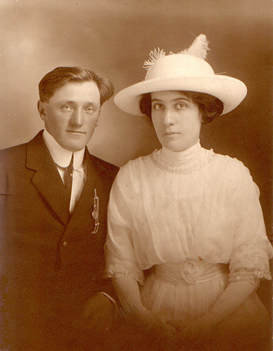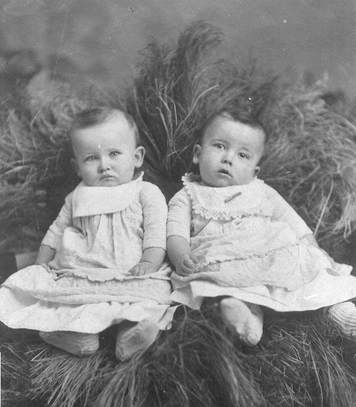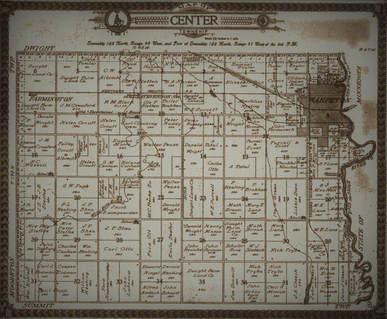 Many of us have immigrant ancestors who were farmers. With the homestead act of 1862, more opportunities became available to settle in the Midwest and beyond. Some were second-generation Americans left the Ohio, Indiana, Wisconsin areas where their parents had homesteaded to travel further west to Minnesota and the Dakotas. Like many of us today, they moved to improve the life of their family and for new opportunities. If you do have farming ancestors, there is great value in the information and documents tied to land records. County Courthouses are repositories for historical and current information on the ownership of land. For the purposes of telling our family story, I’d like to focus on two record sources that I’ve found useful when telling my family story: Agricultural Census Records and Homestead Records. Many online genealogy sites have census records for the states as well as federal records. An overlooked part of the census is the agricultural census. On these records, you can find everything from how many mules they owned to number of bushels of potatoes raised to the value of the farm and machinery. You can view an example of a blank 1885 agricultural census to see what information is available. The quality of the completed form was dependent on the enumerator and how willing/thorough your ancestor was in answering the questions. When you look at your relatives’ information be sure to compare with their neighbors’ information. It will give you a sense of how they were doing. If you have a relative who you think homesteaded a piece of land you may be in luck. The US National Archives & Records Administration (NARA) has the homestead records called Land Entry Records. These packets include a gold mine of information—especially if your ancestor proved up and met the requirements of the homestead. Here are just a few of the interesting things I found in one of my ancestor’s packet: Homestead application
Comments are closed.
|
AuthorWith a lifelong passion for genealogy and history, the author enjoys the opportunity to share genealogy tidbits, inspiring others to research and write their family story. Archives
July 2024
Categories |




 RSS Feed
RSS Feed